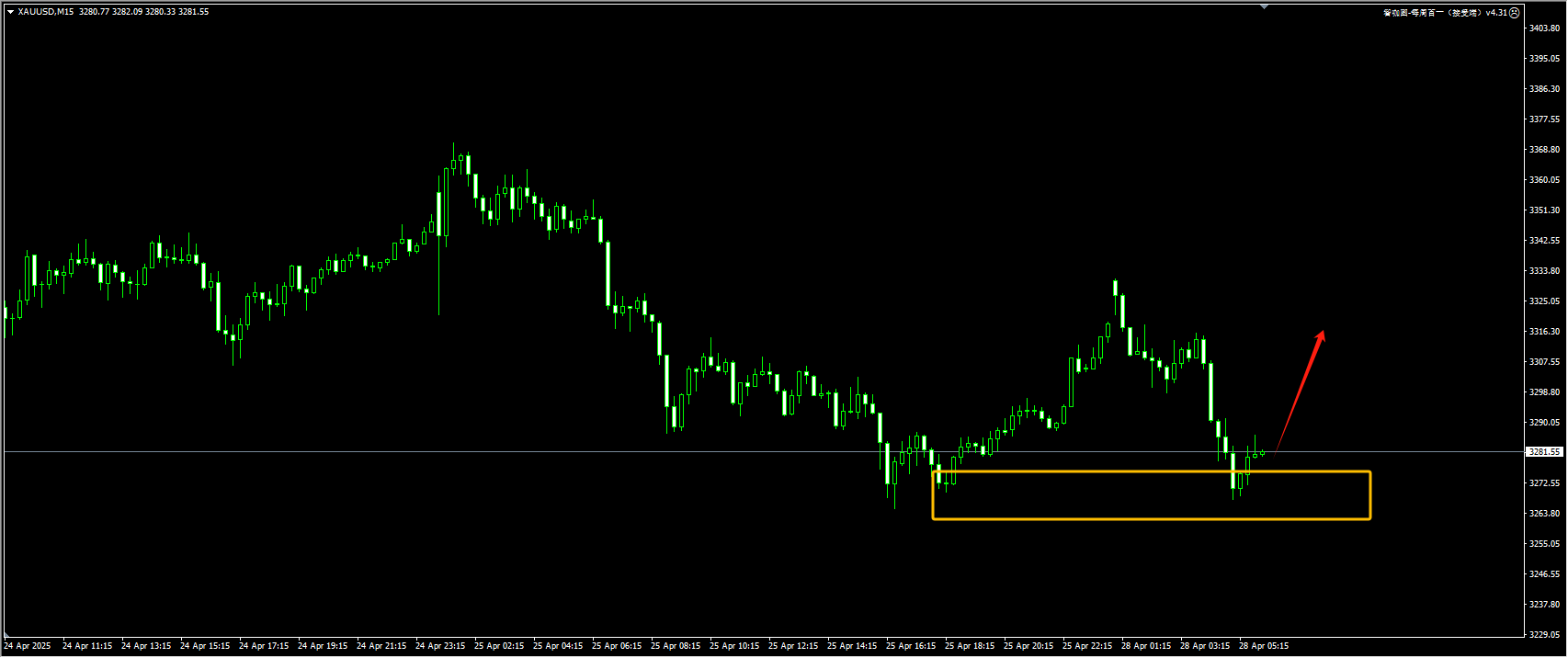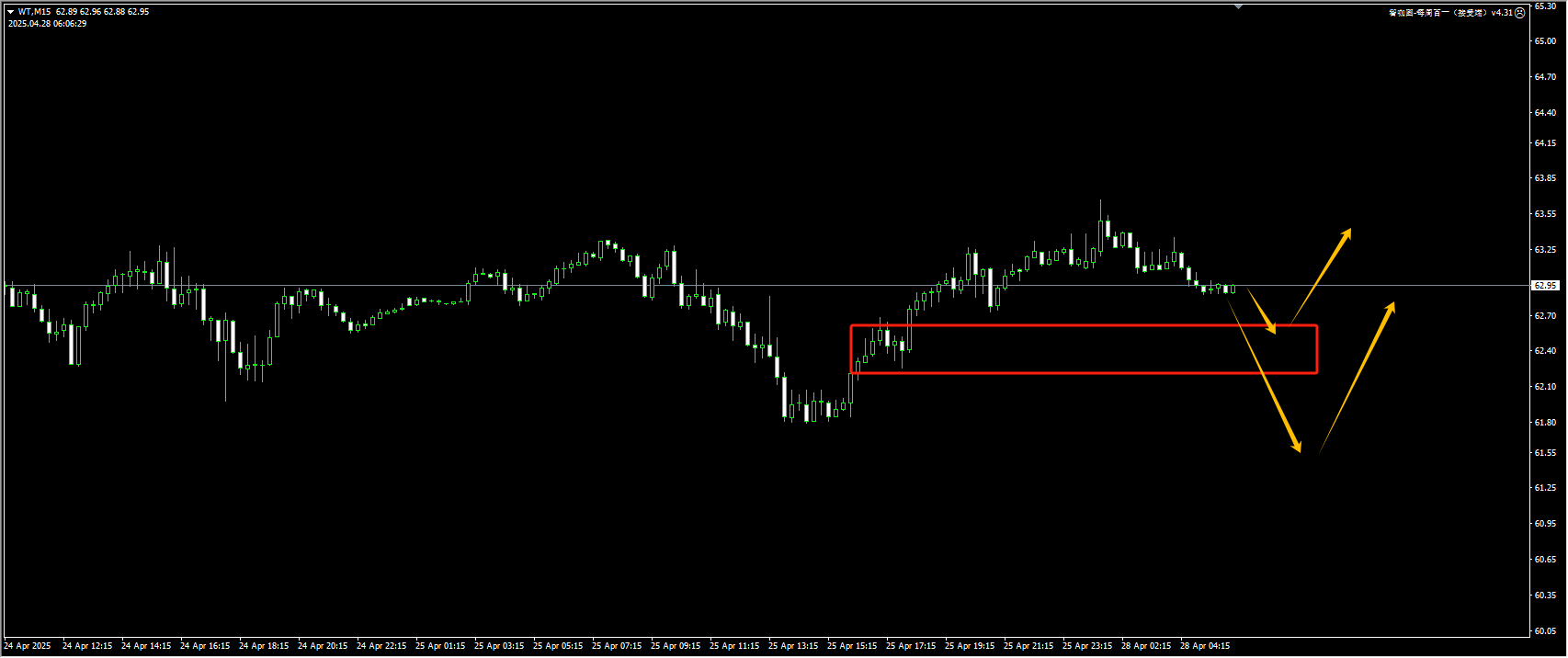For years, it has been a profitable trade for investors in London, Paris and Tokyo: buy dollars and then invest the proceeds in stocks of the S&P 500 and Nasdaq indices. Not only have the returns on US stocks been far higher than those in domestic markets, but the steady appreciation of the dollar has further magnified these returns.
So when President Donald Trump launched a global trade war, trade and investment suddenly took off and the pain intensified rapidly. This year, the S&P 500 index has dropped by 6%, while investors measured in euros and yen have seen their returns plummet by 14%. The speed of all this collapse, coupled with the White House’s constant capriciousness, has unsettled those investors who had been counting on the United States as the ultimate safe haven and source of huge returns.
“This is a double whammy,” said Benoit Peloille, chief investment officer at Natixis Wealth Management in Paris. “Losses in both stocks and currencies.”
Even if Trump continues to back down and make concessions on the trade war issue, the chaos of the past month has made many foreign investors realize that investing a large amount of money in the US dollar carries risks. Many foreign investors are now scrambling to add currency hedging tools to their US stock portfolios. As of last December, the scale of US stock portfolios was approximately 18 trillion US dollars, equivalent to nearly one-fifth of the total size of US stocks.
Morgan Stanley and Bank of America both said they have seen a growing number of clients buying protective products against the depreciation of the US dollar. Alexandre Herzetz of Paris-based Richelieu Group said his funds have now reached the maximum allowed hedging level because “everything has changed completely.”
Like many investors, Hertz had previously believed that hedging against foreign exchange risk was pointless. Their thinking was that if the U.S. stock market was sold off due to global panic, the dollar might strengthen due to safe-haven demand, thereby offsetting these losses. State Street’s custody data shows that the overall currency hedging ratio for foreign investors in U.S. stocks is currently 23%, far below the nearly 50% level in 2020.
To take a theoretical example, strategists at Bank of America estimate that if investors’ hedging levels were to return to pre-pandemic levels, this could mean an additional $5 trillion of overseas exposure to US stocks would need to be covered. Sam Zief, global head of foreign exchange strategy at JPMorgan Private Bank, said he has received more requests for advice on this issue from clients than at any time in a long while.
Traders worried about a fall in the foreign exchange rate usually sell dollars in the forward market. For investors holding Swiss francs or Japanese yen, the three-month hedging cost is about 4% annually, while for euro investors it is over 2%. The advantage of doing so is that it can offset any decline in the dollar, but it also means losing any currency gains, and the rolling cost may erode returns.
Shoichi Oomori, chief strategist at Mizuho Securities in Tokyo, said: “For those managers who ventured into the market when the yen was rising, every fall in the dollar against the yen is like rubbing salt into the wound.”
Options are another popular strategy. According to the data from the US Clearing House, the trading volume of the euro against the US dollar contract is hitting new highs. However, the greater the volatility, the higher the hedging cost. For euro investors, the hedging cost has risen by 15% since the beginning of this year.
The biggest question remains: Is this the beginning of a gradual withdrawal of international investors from the US market? Allianz believes that these funds have nowhere to go. But given the sheer amount of money invested in the US, they estimate the international investment balance to be around 28 trillion US dollars. Therefore, even a minor shift could have a significant impact.
Even if only a small portion of assets leaves the United States, it will lead to greater distortions in exchange rates and global asset prices, wrote Allianz economists, including Ludovic Subran, in a report.
Technical analysis:
Gold: After the overnight price dropped back to around 3260, it rebounded significantly and touched above 3330 in the morning session. Currently, the price has fallen back to the demand area near 3260 and has temporarily stabilized. Today, we closely monitor the bullish signals of the rebound correction and can attempt to catch short-term long positions. If the price breaks below the 3260 level, the subsequent buying area to watch is 3225-3175. For detailed positions, please consult the plugin.

(Gold 15-minute chart)
The plugin is updated from 12:00 to 13:00 every trading day. If you want to experience the same plugin as shown in the chart, please contact V: Hana-fgfg and note “666” in the message.
Nasdaq: The price is fluctuating within the yellow range we marked in the plugin, without a clear direction. For today, we suggest waiting for a directional signal. The upper yellow range is temporarily cancelled. We will keep the low-sweep liquidity around 19000-19200 and wait for a possible rebound attempt. For detailed positions, please refer to the plugin.

(NASDAQ 15-minute chart)
The plugin is updated from 12:00 to 13:00 every trading day. If you want to experience the same plugin as shown in the chart, please contact V: Hana-fgfg and note “666” in the message.
Crude oil: As Trump has postponed the full reciprocal tariffs for 90 days, the pressure on oil prices from recession concerns has been greatly alleviated. Today, we closely monitor the demand zone near 62.50 for buying, as well as the rebound long signal after sweeping the liquidity below 61.80. For detailed positions, please consult the plugin.

(Crude Oil 15-Minute Chart)
The plugin is updated from 12:00 to 13:00 every trading day. If you want to experience the same plugin as shown in the picture, please contact V: Hana-fgfg and note “666” in the message.
Today’s key economic data and events to focus on:
18:00 UK April CBI Retail Sales Expectations Index
22:30 US Dallas Fed Manufacturing Index for April
